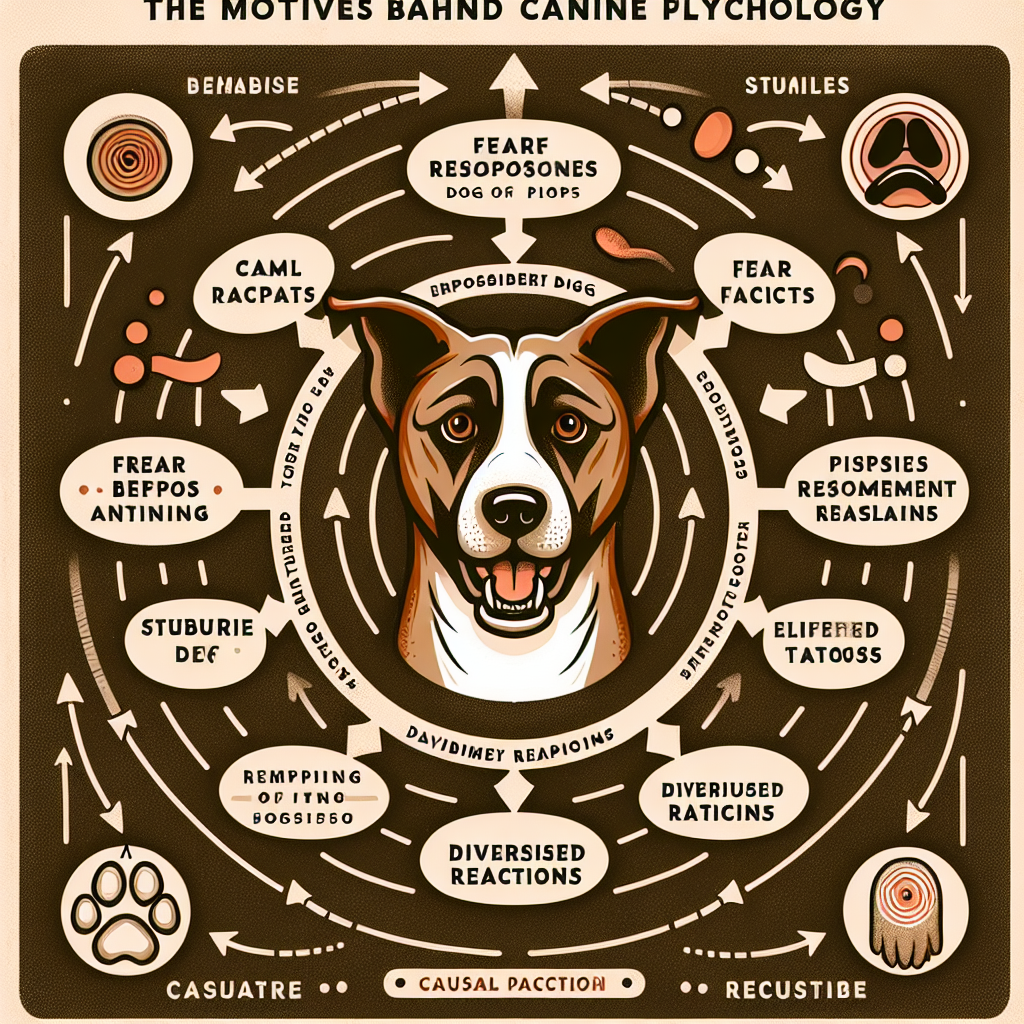===INTRO:===
Understanding canine behavior, especially in the wake of a biting incident, is critical for dog owners who want to maintain harmony in their households. The unexpected nature of a dog’s bite can evoke feelings of fear and confusion, leaving pet owners desperate for clarity. This article delves into the intricacies of my dog’s biting incident, examining the underlying factors and offering profound insights into canine behavior. By shedding light on this sensitive issue, we aim to equip dog owners with the knowledge and strategies necessary to prevent future occurrences and foster a safer environment for both pets and humans.
Analyzing the Factors Behind My Dog’s Biting Incident
A biting incident can stem from a variety of factors, each intricately woven into the fabric of a dog’s psychological and environmental context. In my case, the incident occurred when my dog was startled by a loud noise. This sudden disturbance triggered a primal fight-or-flight response, leading to a reaction that resulted in biting. Understanding that dogs, much like humans, can experience heightened states of anxiety due to unforeseen stimuli is crucial. Their instinctual reactions often override learned behaviors, making it essential to consider their emotional state before labeling them as aggressive.
Furthermore, the socialization stage plays a pivotal role in shaping a dog’s interactions with humans and other animals. If a dog hasn’t been adequately socialized during its formative weeks, it might lack the necessary skills to navigate complex social cues. My dog’s lack of exposure to unfamiliar environments and experiences contributed to its defensive behavior. This incident underscored the importance of early socialization and exposure, which can dramatically mitigate the risk of aggressive reactions to novel stimuli.
Finally, understanding the context of the biting incident is paramount. Was the dog in a stressful environment? Was it protecting a resource, such as food or a toy? Analyzing these situational factors can provide valuable insights into why a dog may react aggressively. In my case, the presence of other dogs during a walk heightened my dog’s anxiety, leading to an instinctual protective response. By dissecting these nuances, dog owners can better comprehend their pets’ actions and take proactive measures to prevent future incidents.
Insights into Canine Behavior and Safety Measures
At the core of canine behavior lies a complex interplay of instinct, emotion, and learned experiences. One critical insight is that dogs communicate primarily through body language. A dog displaying signs of stress—such as lowered ears, a tucked tail, or growling—may be signaling discomfort or fear. Recognizing these cues can empower dog owners to intervene before a situation escalates. For instance, by being attuned to my dog’s body language during the incident, I could have removed it from the stressful environment before any biting occurred, demonstrating the importance of keen observational skills.
Implementing safety measures is vital for mitigating the risk of biting incidents. One effective approach is to establish a safe space for your dog, a sanctuary where it can retreat when feeling overwhelmed. This could be a crate, a designated room, or a quiet corner of your home filled with familiar toys and blankets. Ensuring that your dog has access to this safe space can significantly reduce anxiety during stressful situations. Additionally, desensitization techniques can be employed to gradually acclimate your dog to triggering stimuli, thus transforming potential stressors into manageable experiences.
Finally, ongoing training and positive reinforcement are essential components of fostering a well-adjusted canine companion. Engaging in regular obedience training not only reinforces positive behaviors but also strengthens the bond between owner and dog. Utilizing reward-based training methods can foster trust and encourage desirable behaviors, reducing the likelihood of aggressive actions. After my dog’s incident, I committed to consistent training sessions, focusing on impulse control and socialization exercises that further equipped my dog to handle various situations appropriately.
===OUTRO:===
Understanding canine behavior, especially in the context of a biting incident, is not merely about addressing the immediate concern—it’s about fostering long-term well-being for both the dog and its human companions. By analyzing the factors that contribute to such incidents, recognizing the nuances of canine communication, and implementing effective safety measures, dog owners can create a nurturing and secure environment. If you find yourself navigating similar challenges, consider seeking guidance from a professional dog trainer or behaviorist who can provide tailored strategies for your unique situation. Empower yourself with knowledge and proactive approaches to ensure a happier, healthier relationship with your furry friend. Your journey toward understanding canine behavior begins now—embrace it!
